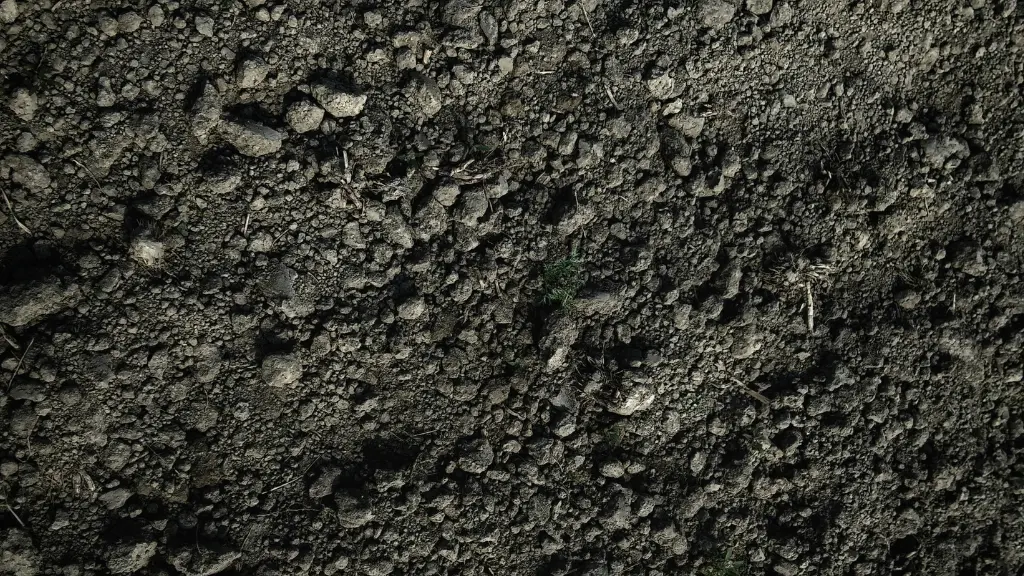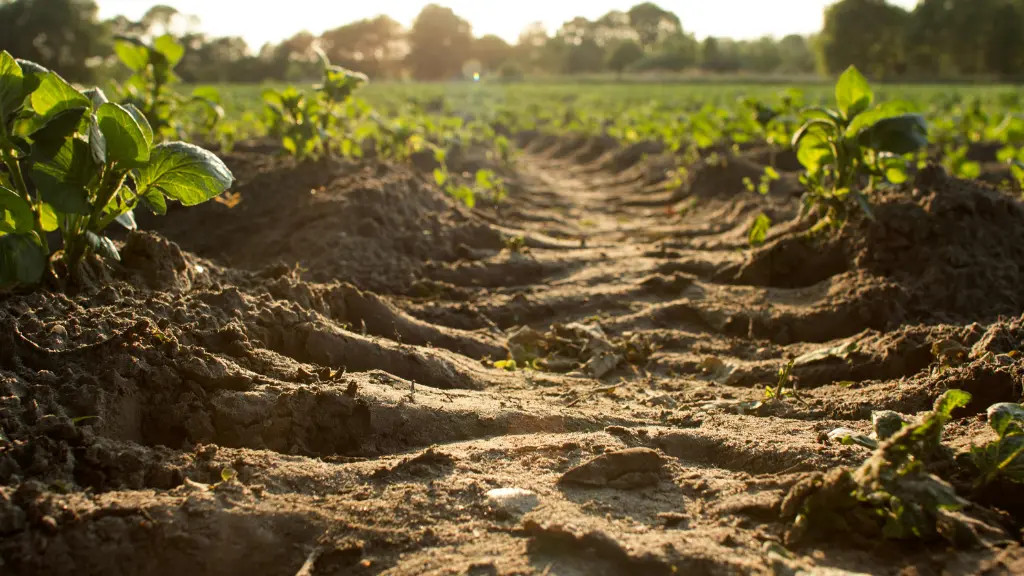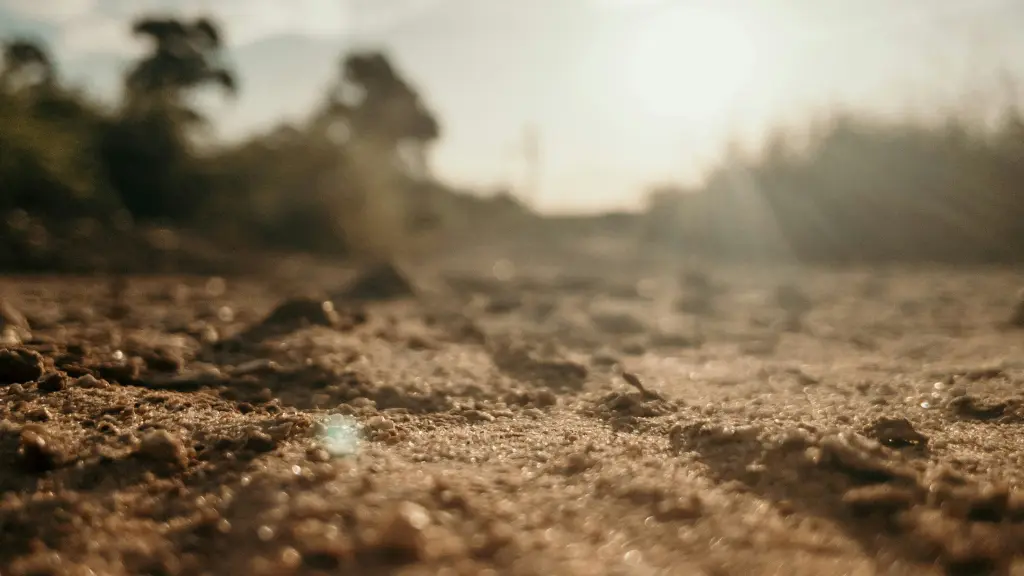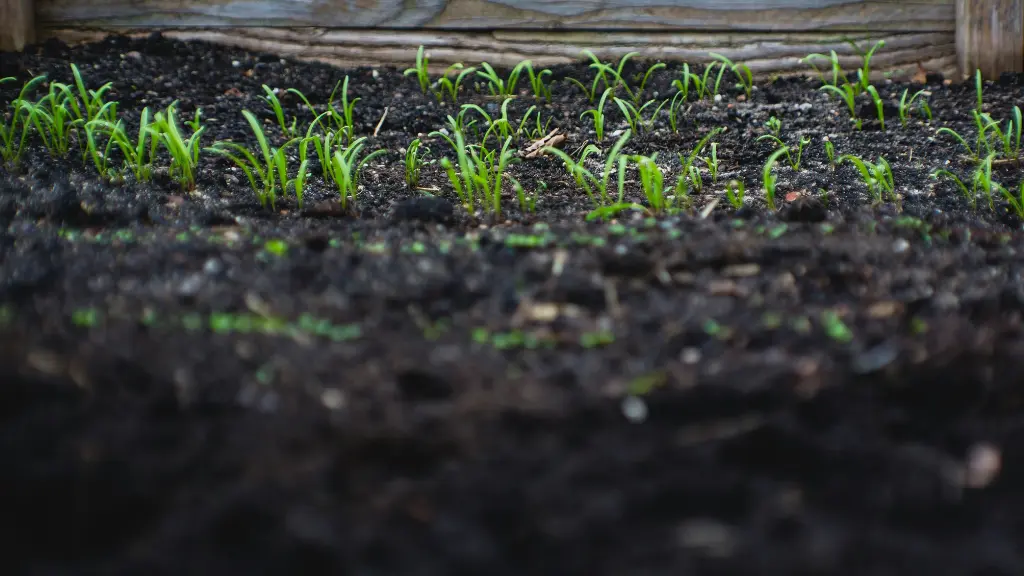

Soil science is the study of the soil as a natural resource on the surface of the earth. It is a multidisciplinary field that combines the principles of biology, chemistry, physics, geology, and engineering to understand the properties and behavior of soil. Soil science is an essential discipline that has significant implications for agriculture, environmental management, and global food security.
Soil is a complex and dynamic system that plays a vital role in sustaining life on earth. It is the foundation of all terrestrial ecosystems and provides essential nutrients and water for plant growth. Soil science is essential in understanding the physical, chemical, and biological properties of soil and how they interact to support plant growth and other ecosystem services. Soil scientists study soil formation, classification, and mapping, soil fertility, soil conservation, and soil management practices to improve soil health and productivity.

As a soil scientist, I understand that soil is much more than just dirt. It is a complex and dynamic mixture of minerals, organic matter, water, air, and living organisms. In this section, I will discuss the fundamentals of soil science, including soil composition, soil properties, and soil classification.
The composition of soil varies depending on the location and the parent material from which it was formed. Generally, soil is composed of four major components: minerals, organic matter, water, and air. Minerals make up the inorganic part of soil and are derived from the weathering of rocks. Organic matter includes dead plant and animal material, as well as living organisms such as bacteria, fungi, and earthworms. Water and air are also important components of soil, as they affect the physical and chemical properties of soil.
Soil properties are the physical and chemical characteristics that determine the behavior and function of soil. Some important soil properties include texture, structure, porosity, pH, and nutrient content. Texture refers to the size of soil particles, which can range from sand to clay. Structure refers to the arrangement of soil particles into aggregates, which affects the movement of air and water through soil. Porosity refers to the amount of space between soil particles, which affects the storage and movement of water in soil. pH is an indicator of how acidic or alkaline soil is, influencing the accessibility of nutrients for plants. Nutrient content refers to the amount of essential plant nutrients such as nitrogen, phosphorus, and potassium, which are necessary for plant growth.
Soil classification involves grouping soil according to its physical and chemical characteristics. The most widely used soil classification system is the USDA soil taxonomy, which is based on soil properties such as texture, structure, and pH. There are 12 soil orders in this classification system, each with its own unique characteristics and distribution patterns. Understanding soil classification is important for soil scientists, as it helps us to identify and describe different types of soil and to make recommendations for land use and management.
In conclusion, as a soil scientist, I understand the importance of soil as a scientific soil entity. By understanding the fundamentals of soil science, including soil composition, soil properties, and soil classification, we can better understand the behavior and function of soil and make informed decisions about land use and management.

As someone who is passionate about soil science, I believe that education is key to understanding the complexities of this field. There are several options available for those interested in pursuing a degree or taking courses in soil science.
Many universities offer degrees in soil science, ranging from bachelor’s to doctoral programs. These programs typically cover topics such as soil chemistry, physics, and biology, as well as soil management and conservation. Some universities also offer specialized programs in areas such as soil microbiology or environmental soil science.
When considering a degree program, it’s important to research the curriculum and faculty to ensure that the program aligns with your interests and career goals. Additionally, it’s worth considering the location of the university, as some regions may offer unique opportunities for hands-on experience and research.
For those who may not have the time or resources to pursue a full degree program, there are also several online courses available in soil science. These courses may cover similar topics as degree programs, but are typically shorter in duration and more focused on specific areas of interest.
Online courses can be a great option for those looking to expand their knowledge of soil science in a flexible and convenient way. However, it’s important to research the credibility of the course and instructor, as well as any potential limitations or requirements for participation.
In conclusion, pursuing a degree or taking courses in soil science can provide valuable knowledge and skills for those interested in this field. Whether pursuing a traditional degree program or exploring soil science online options, it’s important to thoroughly research and consider all available options to find the best fit for your interests and career goals.

As a licensed soil scientist, I understand the importance of following professional practice guidelines to ensure accurate and reliable soil analysis. In this section, I will discuss two important aspects of professional practice in soil science: Certification and Licensing and Soil Science Companies.
Becoming a licensed soil scientist involves meeting specific education and experience requirements, passing a rigorous exam, and maintaining continuing education credits. This certification ensures that soil scientists have the knowledge and skills necessary to accurately analyze and interpret soil data. When searching for a licensed soil scientist near me, it is important to verify their certification and licensing status to ensure that they are qualified to perform the necessary soil analysis.
Soil science companies play a critical role in providing soil analysis services to a variety of industries, including agriculture, construction, and environmental management. When selecting a soil science company, it is important to consider their reputation, experience, and expertise. Some soil science companies specialize in certain types of soil analysis, such as nutrient analysis or soil compaction testing. It is important to choose a company that can provide the specific services you require.
In conclusion, following professional practice guidelines is essential for accurate and reliable soil analysis. Certification and licensing ensure that soil scientists have the necessary knowledge and skills to perform accurate soil analysis. When selecting a soil science company, it is important to consider their reputation, experience, and expertise to ensure that you receive the best possible soil analysis services.

As a soil scientist, I understand the crucial role of soil in agriculture. In the following paragraphs, I will discuss two important aspects of soil science in agriculture: soil management and soil fertility.
Soil management involves the techniques used to preserve and enhance soil quality. This is important because healthy soil leads to healthy crops. There are several ways to manage soil, including crop rotation, cover cropping, and conservation tillage.
Crop rotation entails changing the type of crops cultivated in a specific field each season. This practice helps to avoid the accumulation of pests and diseases that can harm specific crops. Cover cropping involves planting a non-cash crop in between cash crops to prevent soil erosion and improve soil health.
Conservation tillage refers to the practice of minimizing the extent of soil tillage or plowing. This helps to reduce soil erosion and preserve soil structure, which is important for water retention and nutrient availability.
Soil fertility refers to the soil’s capacity to sustain and promote the growth of plants. It is determined by the amount of nutrients present in the soil. Nutrients are essential for plant growth and include nitrogen, phosphorus, and potassium.
Soil fertility can be improved through the use of fertilizers, organic matter, and soil amendments. Fertilizers provide essential nutrients to the soil, while organic matter improves soil structure and provides a source of nutrients for plants.
Soil amendments, such as lime and gypsum, can be used to adjust soil pH and improve soil structure. Proper soil fertility management is essential for maximizing crop yields and ensuring the long-term health of the soil.
In conclusion, soil science plays a critical role in agriculture. Proper soil management and fertility practices are essential for maintaining healthy soil and maximizing crop yields. As a soil scientist, I am committed to helping farmers and agricultural professionals make informed decisions about soil management and fertility practices.

Soil erosion is a major problem in agriculture and forestry, leading to loss of topsoil, reduced productivity, and environmental degradation. As a soil scientist, I recommend several erosion control measures that can be implemented to minimize soil loss and maintain soil fertility.
One effective way to control erosion is by planting cover crops. Cover crops are planted to protect the soil from erosion by providing a barrier between the soil and the elements. They also help to improve soil structure, fertility, and water-holding capacity. Another way to control erosion is by using conservation tillage practices, such as no-till or reduced-till farming. These practices minimize soil disturbance and maintain soil structure, reducing the risk of erosion.
Sustainable soil management practices are essential for maintaining soil health and productivity while minimizing environmental impact. As a soil scientist, I recommend several sustainable practices that can be implemented to ensure long-term soil health.
One sustainable practice is crop rotation. Crop rotation involves planting different crops in a sequence to maintain soil fertility and reduce the risk of pests and diseases. Another eco-friendly method is utilizing organic fertilizers. Organic fertilizers, such as compost and manure, are rich in nutrients and improve soil structure, promoting healthy plant growth. Additionally, using precision agriculture techniques, such as variable rate fertilization and irrigation, can help to optimize crop yields while minimizing environmental impact.
In conclusion, implementing erosion control measures and sustainable soil management practices are essential for maintaining soil health and productivity while minimizing environmental impact. As a soil scientist, I recommend these practices to farmers and land managers to ensure the long-term sustainability of our soil resources.

As a soil scientist, I use various laboratory techniques to analyze soil samples. One of the most common techniques is soil texture analysis, which involves determining the percentage of sand, silt, and clay in a soil sample. This information is crucial for understanding a soil’s physical properties and its ability to support plant growth.
Another important laboratory technique is soil nutrient analysis. This involves testing soil samples for the presence and concentration of essential plant nutrients such as nitrogen, phosphorus, and potassium. By analyzing soil nutrient levels, I can make recommendations for fertilizer applications and other soil amendments to improve plant growth.
In addition to laboratory techniques, I also conduct field assessments to gather information about soil properties. One common field assessment is soil color analysis, which can provide clues about a soil’s drainage, organic matter content, and other important properties.
I also use a soil auger to collect soil samples from different depths in a field. These samples can be analyzed in the laboratory to determine soil properties such as texture, nutrient levels, and pH.
Overall, soil testing and analysis are essential tools for understanding soil properties and making informed decisions about soil management. By using a combination of laboratory techniques and field assessments, I can provide valuable insights to farmers, landscapers, and other professionals who work with soil.

As a soil scientist, I have seen the crucial role that soil plays in environmental remediation. Soil is a natural filter that can remove pollutants and contaminants from water and air. With the right techniques, soil can be used to clean up contaminated sites and restore them to their natural state.
One example of this is phytoremediation, a process that uses plants to remove contaminants from soil. By planting specific types of vegetation, such as sunflowers or willows, the plants can absorb and break down pollutants in the soil. This method has been used successfully to clean up sites contaminated with heavy metals and organic compounds.
Another technique is bioremediation, which uses microorganisms to break down contaminants in the soil. By adding certain bacteria or fungi to the soil, they can break down pollutants and convert them into harmless substances. This method has been used to clean up sites contaminated with oil and other hydrocarbons.
Soil science also plays a critical role in urban planning. As cities continue to grow and expand, it is essential to understand the soil conditions in the area. Soil can affect the stability of buildings, the health of vegetation, and the overall quality of life for residents.
By analyzing soil samples and understanding the properties of the soil, urban planners can make informed decisions about land use and development. For example, certain types of soil may be better suited for parks and green spaces, while others may be better suited for commercial or industrial development.
Soil science can also help mitigate the effects of urbanization on the environment. By understanding the soil conditions, planners can design buildings and infrastructure that minimize the impact on the soil and surrounding ecosystems.

Overall, soil science has many practical applications in environmental remediation and urban planning. By understanding the properties and behavior of soil, we can make informed decisions that benefit both people and the environment. See more articles like this by clicking here: Azenta Genewiz: A Review of the Leading Genomics Service Provider.